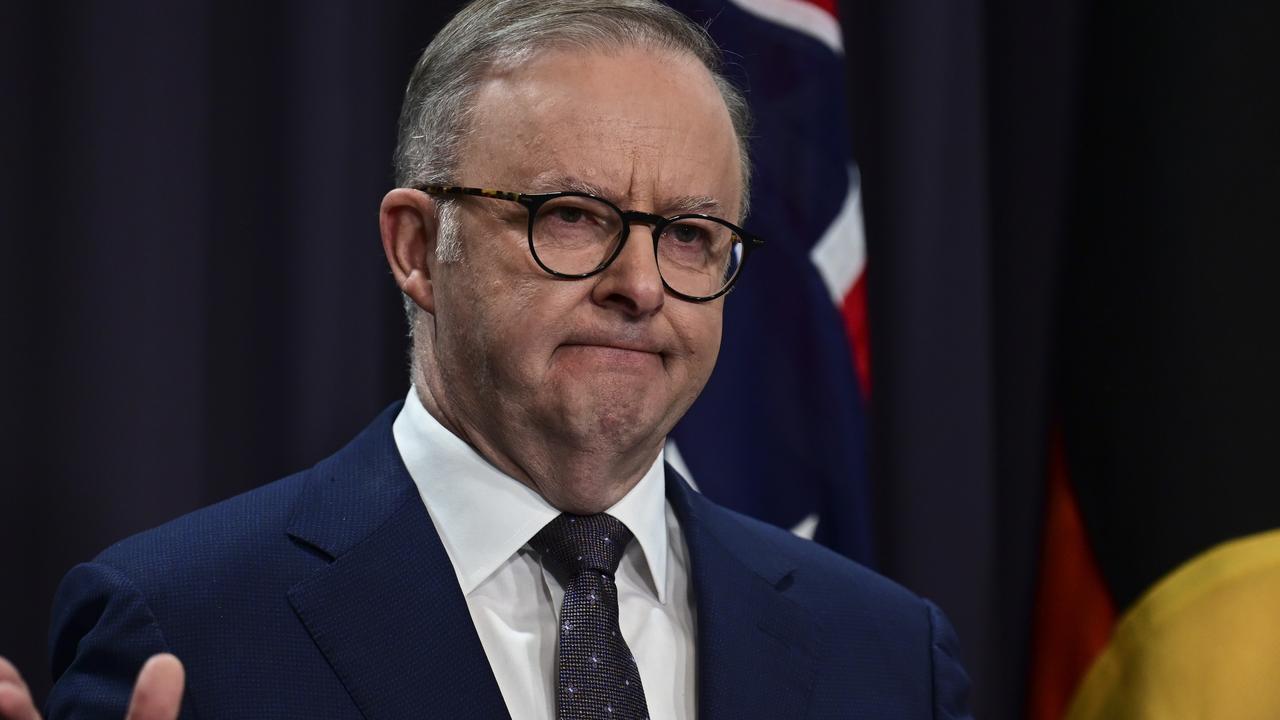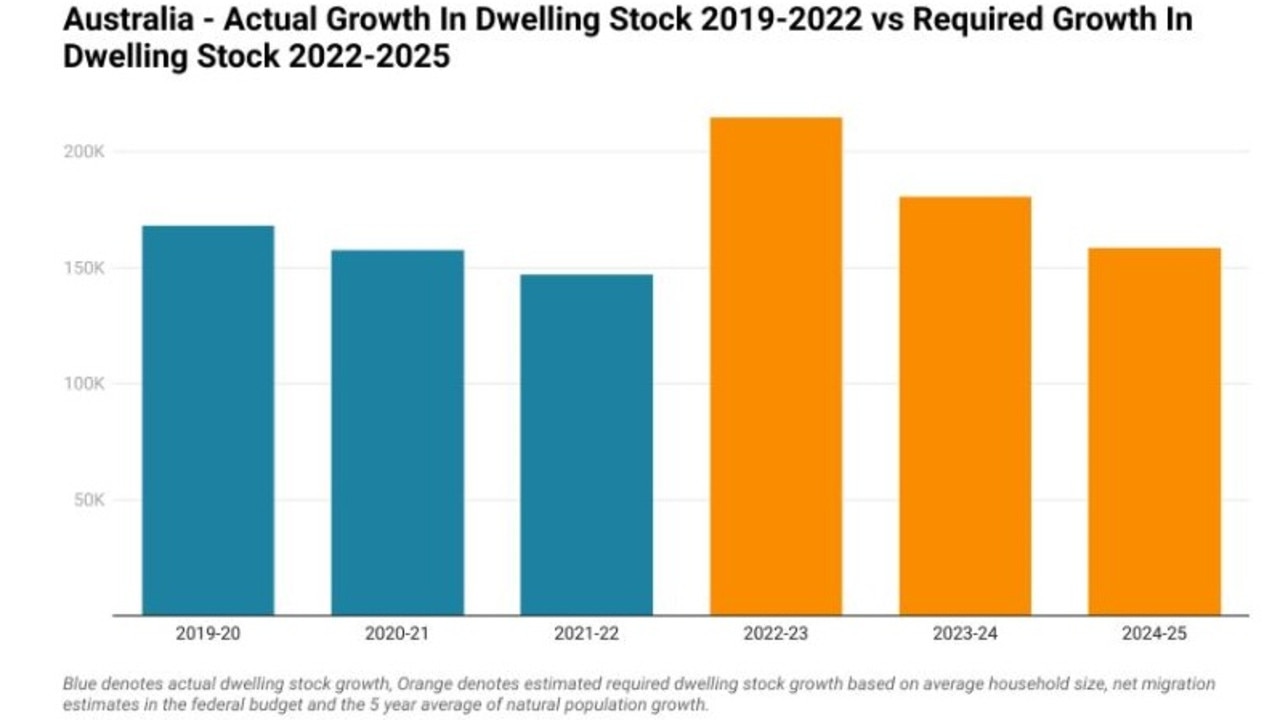Data reveals government’s solution to the housing crisis destined to come up short
Australia is in the grip of a devastating housing crisis – and the Albanese government’s so-called “solution” seems doomed to fail.

In recent months the issue of housing has dominated much of the debate in federal parliament, with the Albanese government trading blows with parties across the political spectrum which oppose the government’s Housing Australia Future Fund (HAFF), at least in its current form.
Some of the fiercest debates on the issue have been between Labor and the Greens, with the Greens making the argument that the government’s HAFF doesn’t go far enough to address the need for social housing.
In a recent TV interview, Greens Housing Spokesperson Max Chandler-Mather made the point that the government’s public housing policy “will see more people waiting for public housing” and that “it will see the housing crisis get worse”.
Amid this hotly-contested debate, the Albanese government has sought legal advice over the blockage of its housing bill being grounds for a double dissolution election.

Labor’s Deputy Senate Leader Don Farrell warned in June that the government may dissolve parliament and take the issue to an election.
But how many new homes and new social housing dwellings does Australia really need to keep up with population growth and maintain the ratio of public housing to overall housing stock?
How many new homes are needed overall?
The starting point for this estimate will be the end of the June quarter of 2022, as this is the latest available ABS data on the total number of homes nationwide.
Based on the five-year average for natural population growth of 135,000 and the estimated level of net overseas migration in the federal budget of 400,000, homes for 535,000 people were needed during the 2022-23 financial year.
While knowing exactly how many homes this group of people would need is extremely challenging, what we can do is make a rough estimate based on the average size of existing households.

Based on an average size of 2.49 people per home, 215,000 new homes in net terms would need to be built over the 2022-23 financial year.
According to the latest dwelling stock growth data which covers the year to June 2022, 147,000 new homes were added to the nation’s overall housing stock in net terms.
Based on the five-year average of natural population growth and the estimates of net migration in the federal budget, 181,000 new homes would be required in 2023-24 and 159,000 in 2024-25.

Amid a backdrop of rising interest rates and rising costs for the construction sector, achieving sufficient levels of construction over the next 12 months appears to be an increasingly challenging task.
These numbers serve to illustrate the huge challenge that is addressing the housing crisis. Between July 2022 and July 2025, 554,000 new homes (185,000 per year) will need to be built just to maintain the status quo.
To begin to make a material dent in the housing crisis, significantly more than that would need to be built to begin to tip the balance toward a fully supplied market.
How many new public housing homes are needed?
According to the latest data from the ABS and the Australian Institute of Health and Welfare, 4.07 per cent of total housing stock is some form of social housing.
This is down from a peak of a little over 7 per cent in 1991.

If we assume that housing stock grows at roughly the same rate as the population over time, for the current ratio of social housing to overall housing stock to be maintained, a little over 7500 new social homes would need to be built each year over the next three years.
The Albanese government’s Social Housing Accelerator scheme recently provided a one-off $2 billion boost to the social housing construction by state and territory governments. The policy promises deliver up to 9000 additional social housing homes.
While the payment has reportedly already been provided to state and territory authorities, the funding is expected to be committed to projects by the end of June 2025.
The contentious Housing Australia Future Fund is committed to providing 20,000 social housing homes. Under the policy the government will borrow and invest $10 billion, with a “guarantee” that at least $500 million a year will be allotted to social and affordable housing construction over five years from 2024-25.
Considering the stated timeline of the Social Housing Accelerator and the lead in time for building projects, we can estimate that the Albanese government’s various social housing commitments may deliver up to 7000 new social housing homes per year.
Whether it can deliver this many social homes at an average cost of around $155,000 per home remains to be seen.
State and territory authorities have generally paid significantly more for social housing dwelling construction or purchases, as noted in a report earlier this year from ABC News.
Assuming they can deliver on the estimated numbers, the Albanese government’s efforts alone will come up around 500 homes a year short of the required expansion in social housing stock to keep up with the population growth.
While state and territory governments’ own social housing construction efforts in addition to those funded by the federal government will also make a contribution, it’s more of a case of evolution over revolution.
A small expansion in social housing homes in net terms above the requirements placed on the system by population growth is certainly a positive development for those who will be housed in them.
But at a systemic level, it’s arguably unlikely to solve the issue of long waiting lists and be the transformative change the most vulnerable Australians experiencing the housing crisis need it to be.
Tarric Brooker is a freelance journalist and social commentator | @AvidCommentator






